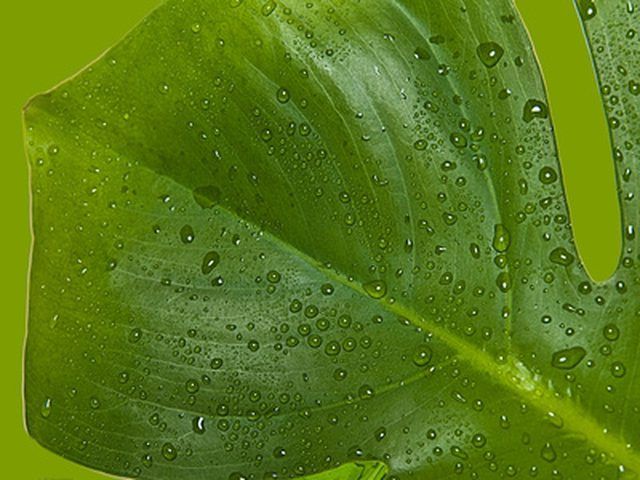Bulbs
Flower Basics
Flower Beds & Specialty Gardens
Flower Garden
Garden Furniture
Garden Gnomes
Garden Seeds
Garden Sheds
Garden Statues
Garden Tools & Supplies
Gardening Basics
Green & Organic
Groundcovers & Vines
Growing Annuals
Growing Basil
Growing Beans
Growing Berries
Growing Blueberries
Growing Cactus
Growing Corn
Growing Cotton
Growing Edibles
Growing Flowers
Growing Garlic
Growing Grapes
Growing Grass
Growing Herbs
Growing Jasmine
Growing Mint
Growing Mushrooms
Orchids
Growing Peanuts
Growing Perennials
Growing Plants
Growing Rosemary
Growing Roses
Growing Strawberries
Growing Sunflowers
Growing Thyme
Growing Tomatoes
Growing Tulips
Growing Vegetables
Herb Basics
Herb Garden
Indoor Growing
Landscaping Basics
Landscaping Patios
Landscaping Plants
Landscaping Shrubs
Landscaping Trees
Landscaping Walks & Pathways
Lawn Basics
Lawn Maintenance
Lawn Mowers
Lawn Ornaments
Lawn Planting
Lawn Tools
Outdoor Growing
Overall Landscape Planning
Pests, Weeds & Problems
Plant Basics
Rock Garden
Rose Garden
Shrubs
Soil
Specialty Gardens
Trees
Vegetable Garden
Yard Maintenance
The Function of a Vacuole in a Cell
The Function of a Vacuole in a Cell. Among the features that distinguish plant cells from animal cells is the vacuole, a large membrane-enveloped sac found in cells of plants but not animals. Young plant cells often have more than one vacuole, but these vacuoles fuse to form a single organelle as the cell grows.

Among the features that distinguish plant cells from animal cells is the vacuole, a large membrane-enveloped sac found in cells of plants but not animals. Young plant cells often have more than one vacuole, but these vacuoles fuse to form a single organelle as the cell grows.
Features
Typically the central vacuole will be the largest compartment in a plant cell seen under the microscope. Vacuoles serve primarily as storage units but are versatile and can perform more than one function.
Function
Plants use vacuoles to store food, like proteins that seeds will need in order to germinate. They also break down or store certain wastes in the vacuole -- plants, unlike animal cells, do not have lysosomes. Plants pump ions like potassium and chloride into vacuoles as well. This keeps the concentration of dissolved substances in the vacuole and in the cell's cytoplasm at the correct level to maintain turgor pressure, the osmotic pressure caused by the difference in solute concentration both inside and outside the cell.
Effects
Plants also use vacuoles to store pigments that lend color to the cells, like the bright colorful pigments that distinguish flower petals from the rest of the plant and help attract pollinators. Many plants use vacuoles for defense by storing poisonous or foul-tasting compounds in them; herbivores that eat the plant, if they live, learn to avoid doing so in future.